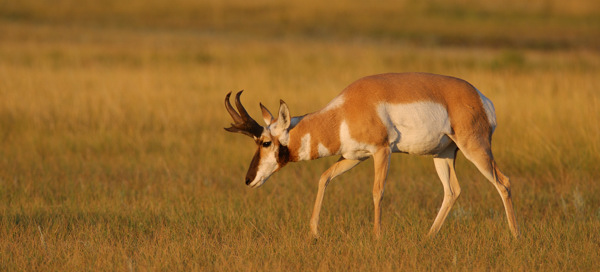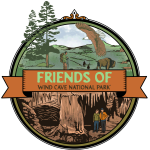Friends of Wind Cave National Park . org
Wind Cave National Park is one of our oldest national parks. It was created in 1903 by signature of President Theodore Roosevelt to become our eighth national park and it was the first park anywhere created to protect a cave.
The underground world of Wind Cave is the signature feature of the park. Wind Cave is one of the world’s longest and most complex caves. The cave is well known for unusual cave formation called boxwork, composed of thin calcite fins resembling honeycombs. The cave is a maze cave, and is listed as the 6th longest in the US with 165.8 miles of passageway and more being surveyed and mapped each year.
Cave Tours:
- Due to high visitation, cave tours often sell out 2-3 hours in advance and may sell out for the entire day by mid-day. Rangers at the visitor center can suggest alternative activities during your visit.
- Visitor Center Open Daily 8:00 – 4:30 pm
- Cave Tours: Fairgrounds 1:00, Garden of Eden 10:00 & 3:00
Above ground
The park consists of 33,850 acres of mixed-grass prairie, ponderosa pine forest, and associated wildlife. The park’s mixed-grass prairie is one of the few remaining and is home to native wildlife such as bison, elk, pronghorn, mule deer, whitetail deer, and prairie dogs. Numerous smaller mammals live in the park, as well as a broad variety of bird species. Coyotes are the most sighted predator, but lucky visitors might sight badgers or the seldom-seen mountain lion. Rarer still is the Black-footed Ferret, introduced into the park in 2007 as part of a national effort to rebuild Black-footed ferrets from the brink of extinction. Most recent evidence concludes that Wind Cave is one of the more successful reintroduction sites!
For more than a century Wind Cave National Park has offered the “two parks” consisting of the cave itself, the park underground, and the park aboveground featuring the stunning scenery of mixed grass prairies, rolling hills, canyons and pine forest. In 2011 Wind Cave National Park became larger, in essence offering a third park.
The 2011 acquisition of a 5,555 acre historic ranch along the southern border of the park added the components of the park historical/cultural, because not only does it showcase a western ranch site dating from the 1890’s but it also includes a many-centuries old “buffalo jump” where early indigenous Americans drove bison over a precipice as a means of killing them for sustenance. That usage spanned generations and centuries and is awaiting full interpretation!
In the coming months and years planning and projects will define public access and interpretive facilities. Much work remains to be done in preparation, including a thorough inventory of geologic, archeological and ecological features.
Friends of Wind Cave National Park provides a vehicle for citizens to more fully participate in this process.

